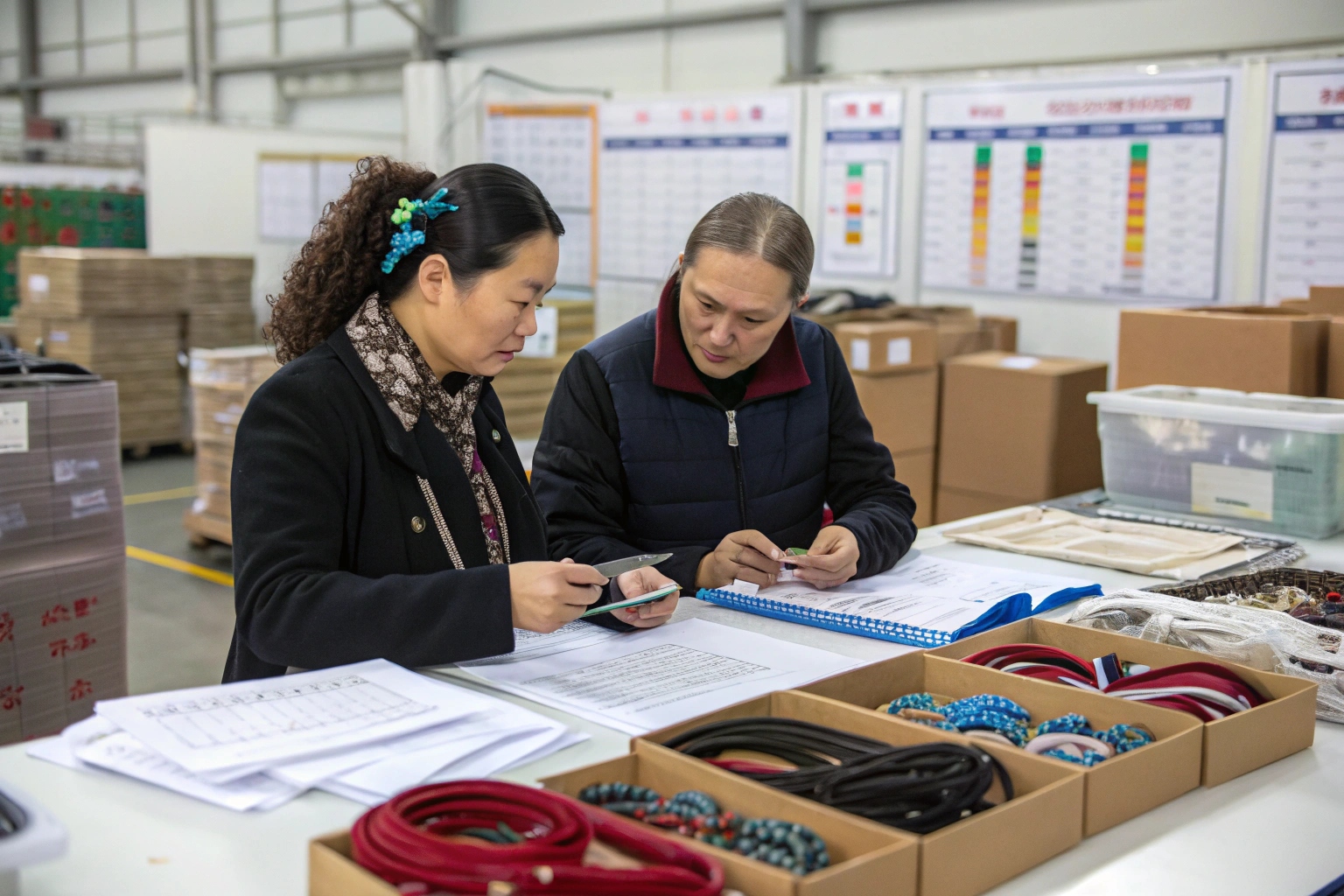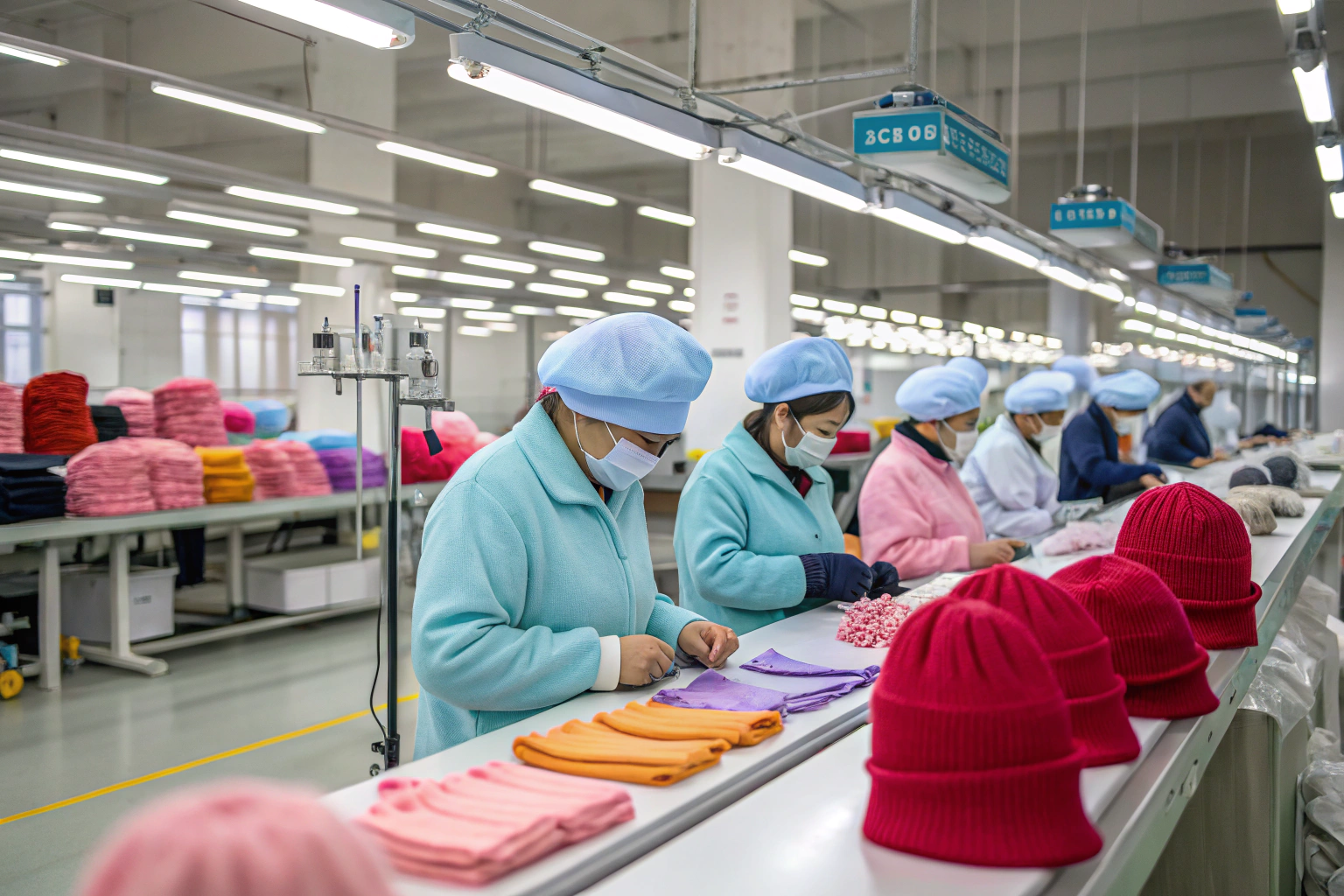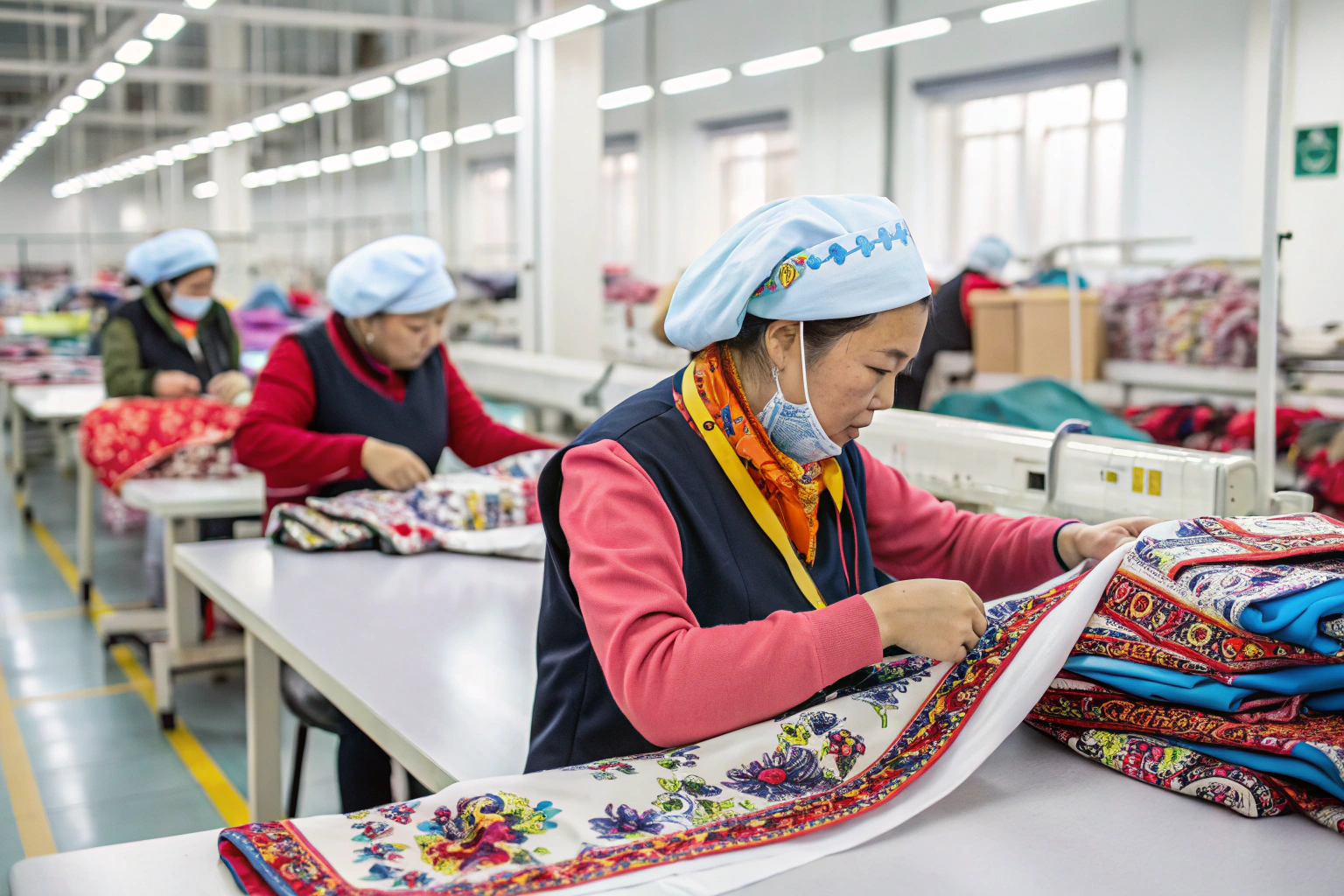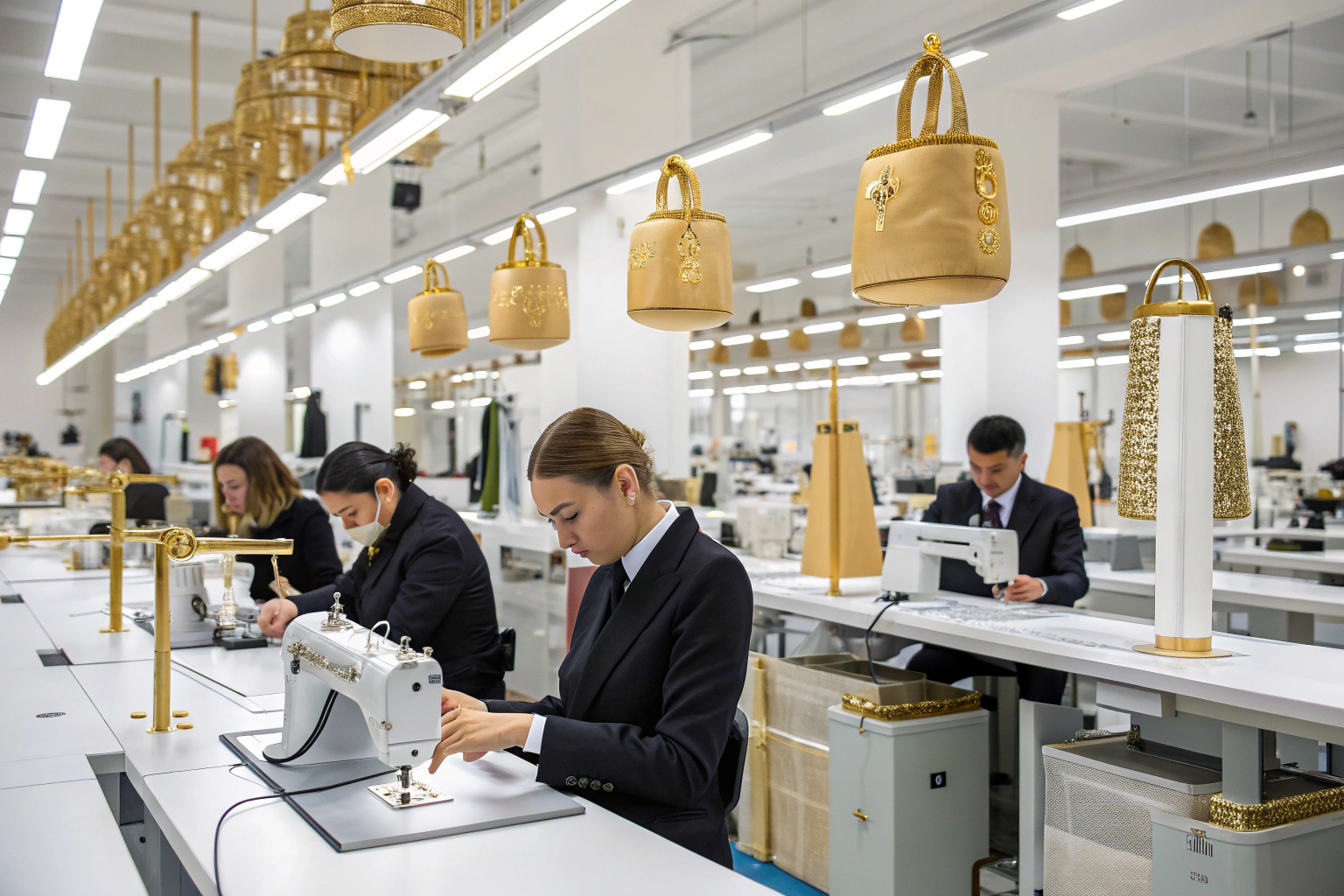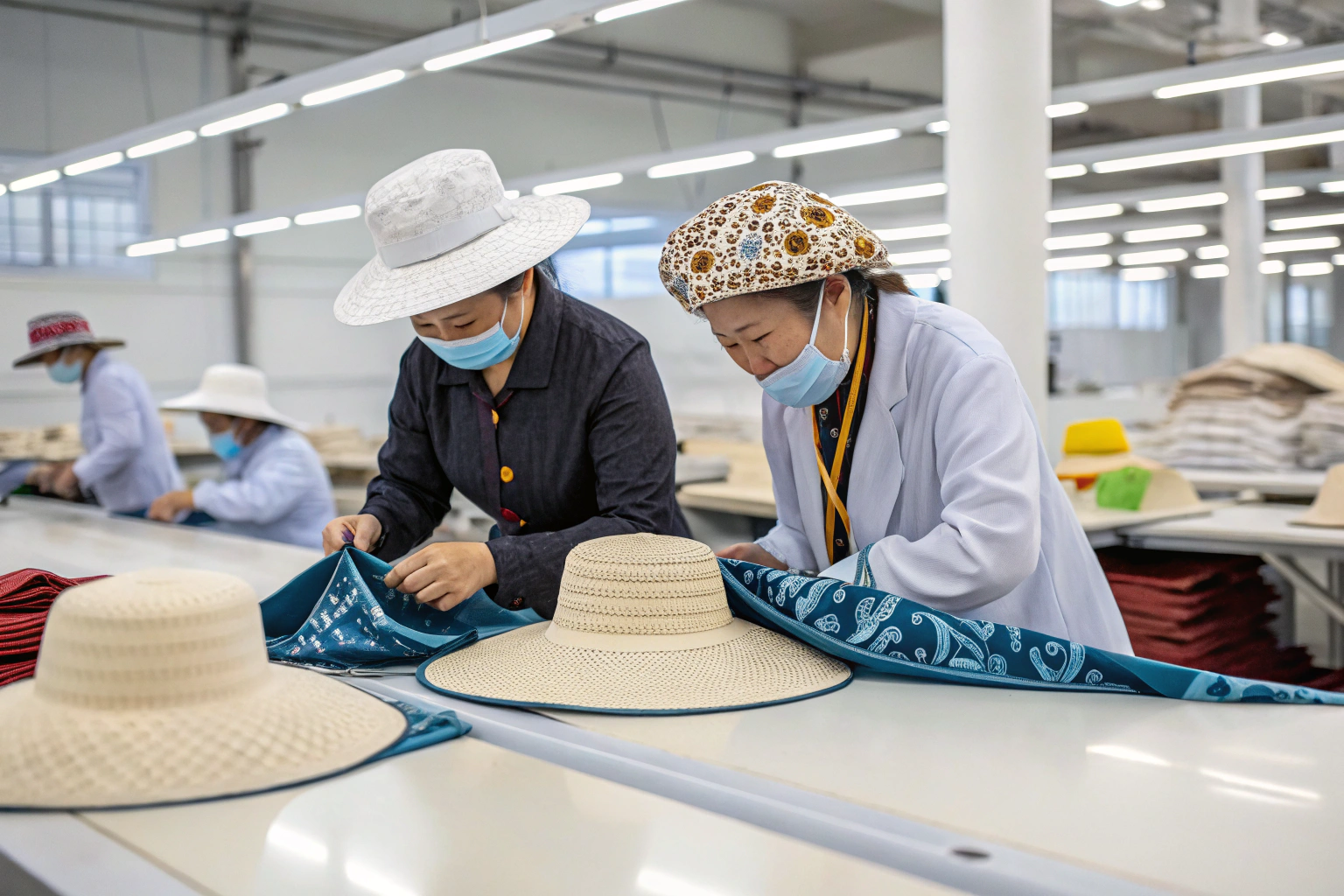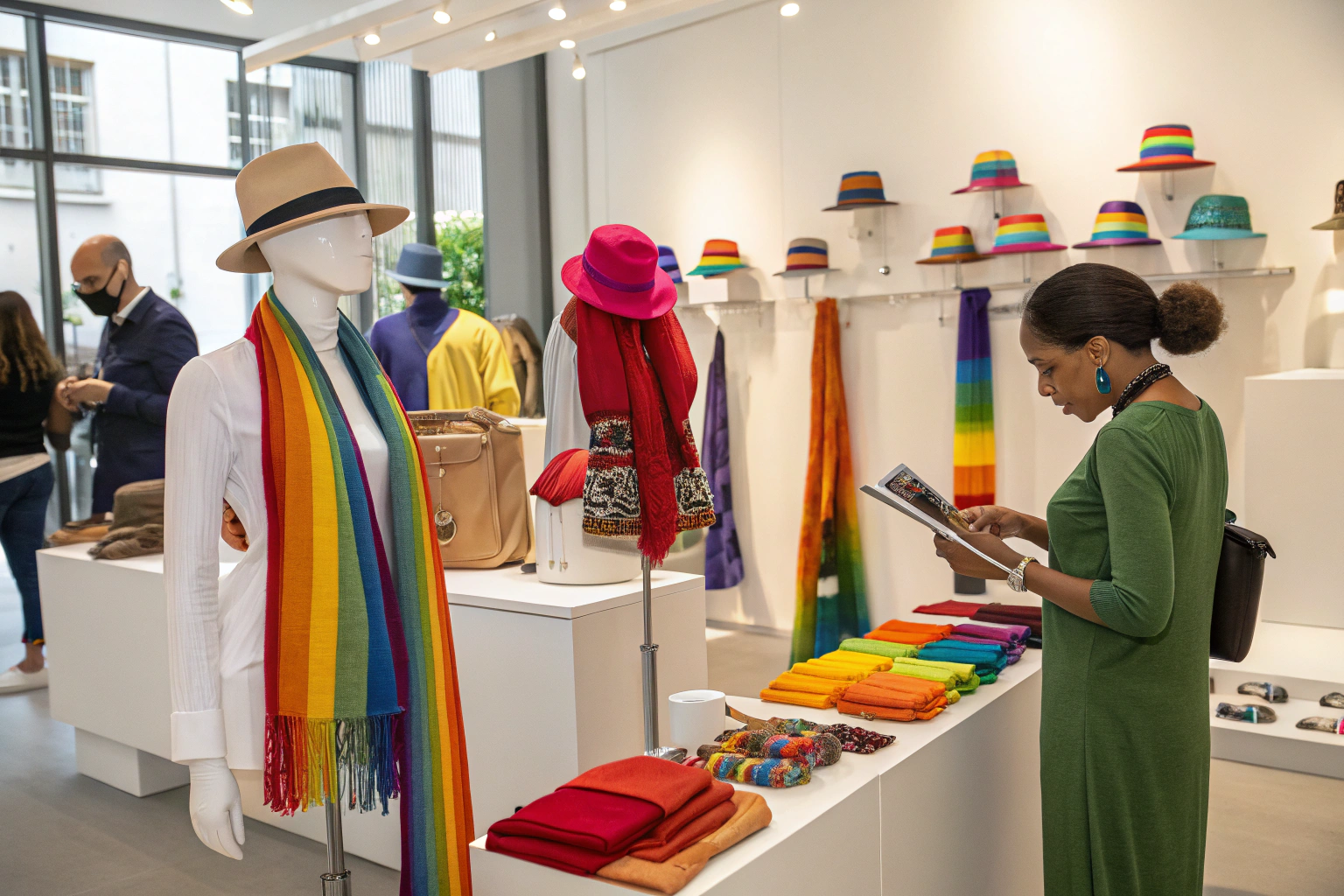MOQs can make or break a product launch—especially when you’re juggling dozens of hairbands, clips, scarves, and belts in one order.
At AceAccessory, we help global buyers meet supplier MOQs without overstocking, by offering smart MOQ management across styles, colors, and SKUs.
Here’s how you can manage—and even negotiate—minimum order quantities when sourcing accessories from China.
How to maintain minimum order quantity?
MOQ isn’t just a supplier rule—it reflects factory costs, setup time, and raw material thresholds.
To maintain MOQ across multiple styles, group accessories by material type, process, or production line, allowing consolidation that meets the supplier’s base threshold.
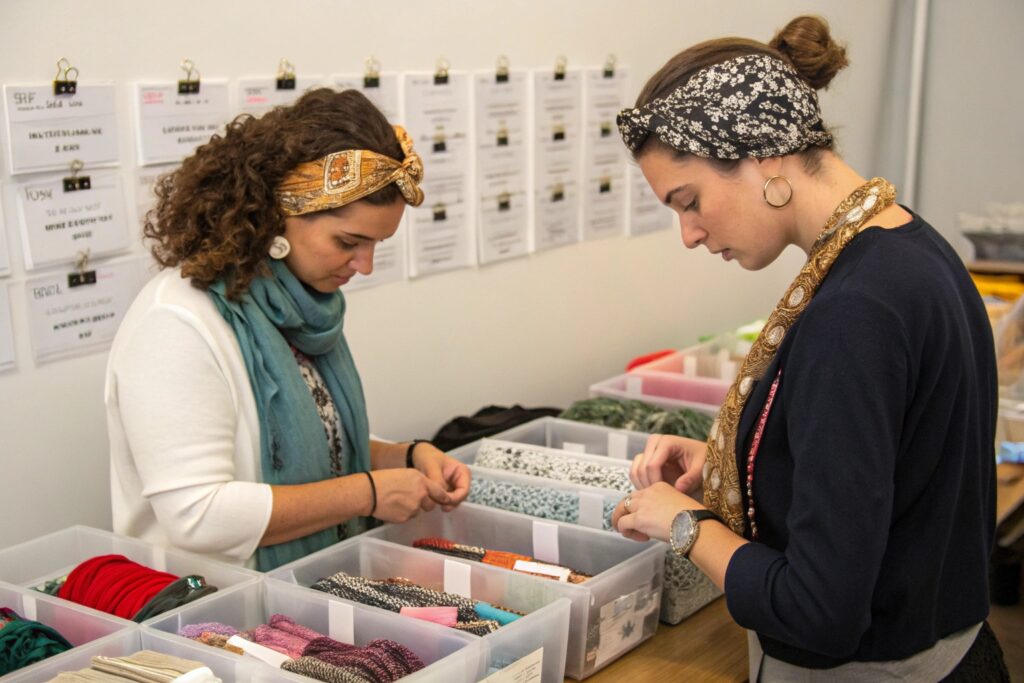
How does this work in practice?
Let’s say the factory MOQ is 1,200 pcs per SKU. Instead of ordering 1,200 red clips, 1,200 blue clips, and 1,200 yellow clips, we structure the order like this:
| Style | Color | Quantity | Shared Material? | Consolidated MOQ |
|---|---|---|---|---|
| Clip A | Red | 400 | Yes | |
| Clip A | Blue | 400 | Yes | |
| Clip A | Yellow | 400 | Yes | 1,200 (total) |
Same mold, same base material, just different colors—MOQ met.
What strategies do we use to maintain MOQs?
- Material batching: Group items using same fabrics, trims, or dye lots
- Mold/tooling grouping: Use one die cut for multiple variants
- Packaging standardization: Same box, sticker layout for all colorways
- Flexible PO structure: Style-level PO with color breakdowns
We often advise clients to prepare accessory lines around production logic, not just design themes. This saves money and ensures the MOQ puzzle fits.
How to reduce minimum order quantity?
Sometimes MOQ is just too high—especially for new SKUs, seasonal colors, or online-only launches.
To reduce MOQ, buyers can negotiate based on sampling volume, relationship history, or by accepting a price adjustment for lower run quantities.
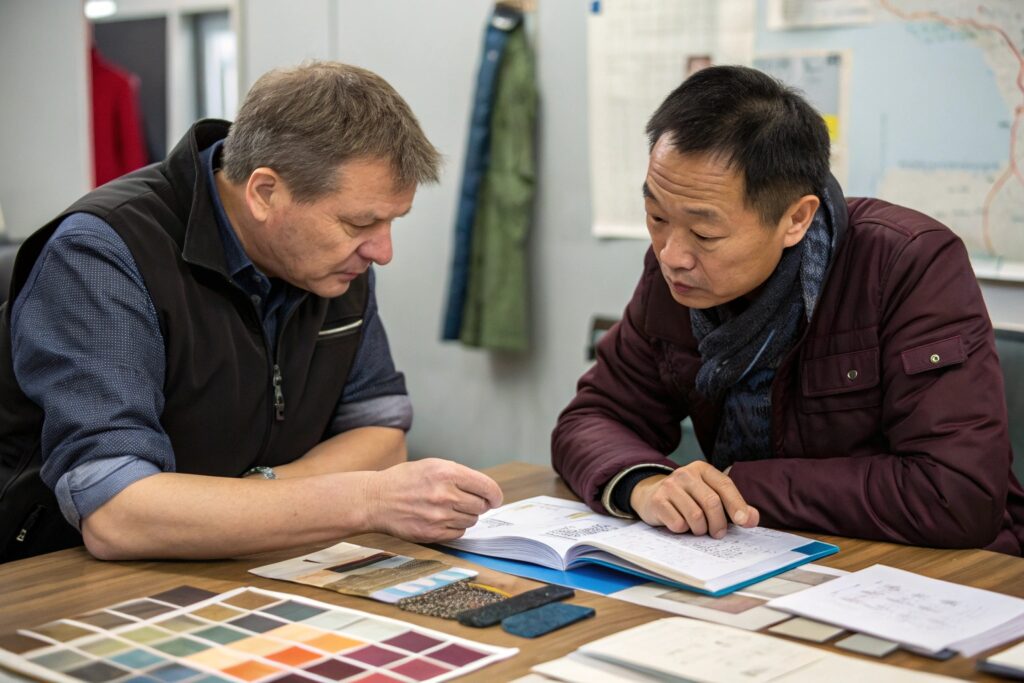
What works when negotiating lower MOQs?
Here’s what has helped our clients reduce MOQ across styles:
| Tactic | Description | Success Rate |
|---|---|---|
| Bundled sampling | Commit to multi-style sample order | High |
| Forecasted reorders | Provide estimated future volume | Medium |
| Price premium | Accept 5–15% higher cost per unit | High |
| Material substitution | Use stocked fabrics instead of custom ones | Medium |
| Combine with other buyer PO | Join factory’s batch with another order | Low |
For example, one client needed just 600 pieces of a limited-edition headband. We offered them a MOQ of 500 per style if they used existing fabrics and accepted a higher price point. That got them to market without high inventory risk.
What options do we offer for small MOQs?
- Sample-based short runs: As low as 300 pcs per style for repeats
- In-stock base materials: Cut tooling and dyeing time
- Flexible cutting plans: Accept size/color consolidation
- Co-production slots: Combine with similar export projects
MOQs are not fixed. They’re negotiable—especially if you’re a strategic buyer with long-term intent.
What is the minimum order quantity multiple?
Not all factories define MOQ as a fixed number—some require ordering in multiples.
MOQ multiples mean that you must order in standardized batch quantities, such as multiples of 240 or 500, based on carton count, machine capacity, or material roll width.
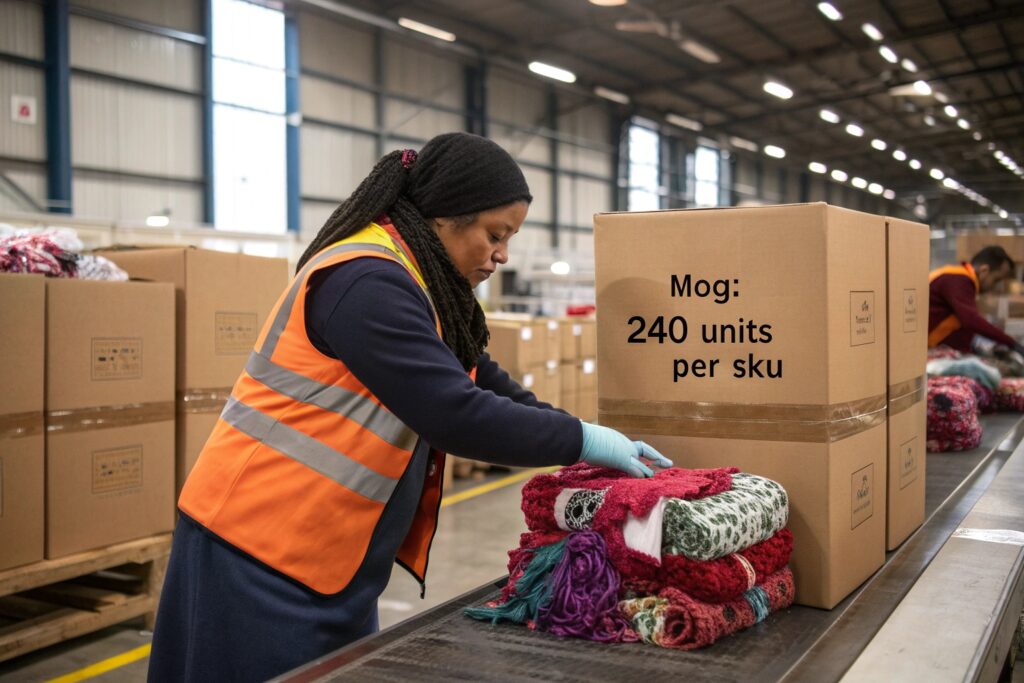
Why do factories prefer MOQ multiples?
Let’s say a velvet ribbon roll is 100 meters long. If one headband uses 0.25m, then:
- 1 roll = 400 pcs
- MOQ multiple = 400 pcs per color
Or take cartons: if 1 carton holds 60 clips, and sea freight is optimized for 20 cartons, MOQ = 1,200 pcs (60 × 20).
How can we work with MOQ multiples?
- Plan orders to fit carton logic
- Ask for partial overstock options (e.g., 1,080 instead of 1,200)
- Pre-discuss with suppliers if rounding is flexible
- Use leftover quantities for promotions or sampling
We often include MOQ-multiple charts in our PO quote sheets, helping clients plan efficiently. Here’s a simplified example:
| Product | MOQ Multiple | MOQ (pcs) | Notes |
|---|---|---|---|
| Hairband A | 60 | 600 | 10 cartons |
| Belt B | 120 | 1,200 | Based on leather hide usage |
| Scarf C | 200 | 1,000 | Material dyed per 200 units |
Knowing these logic paths helps you avoid odd-lot costs or production hold-ups.
How to determine minimum order quantity?
MOQ isn’t arbitrary—it’s based on math, cost, and production flow.
Factories calculate MOQ using factors like raw material roll width, dye batch size, machine setup time, labor efficiency, and packaging costs.

What variables go into MOQ decisions?
| Factor | Impact on MOQ |
|---|---|
| Material sourcing | Minimum dye/print/knit quantities |
| Tooling cost | Justifies per-style investment |
| Labor batching | Operator scheduling optimization |
| Packaging MOQ | Box/sticker/label minimums |
| Logistics | FCL/air volume vs unit size |
Let’s break this down: if a fabric supplier has a 500m MOQ and your product needs 0.25m, then:
- MOQ = 2,000 pcs
If your desired order is 1,000 pcs, the factory either:
- Buys the fabric and holds stock (adds storage risk)
- Charges you extra to cover leftover material
- Suggests switching to in-stock material
What’s our process for determining MOQ with new clients?
- Receive your BOM or spec sheet
- Run a costing simulation
- Map MOQ based on real usage
- Suggest alternatives if MOQ exceeds your volume
We also provide MOQ simulation reports with quotes. These show how color, size breakdown, and material affect the minimum quantity required.
Conclusion
Managing MOQ across multiple accessory styles is all about strategy—not just price. At AceAccessory, we help brands work smarter with their MOQs by combining production logic, material optimization, and packaging efficiencies. That way, you order just what you need—no more, no less.

